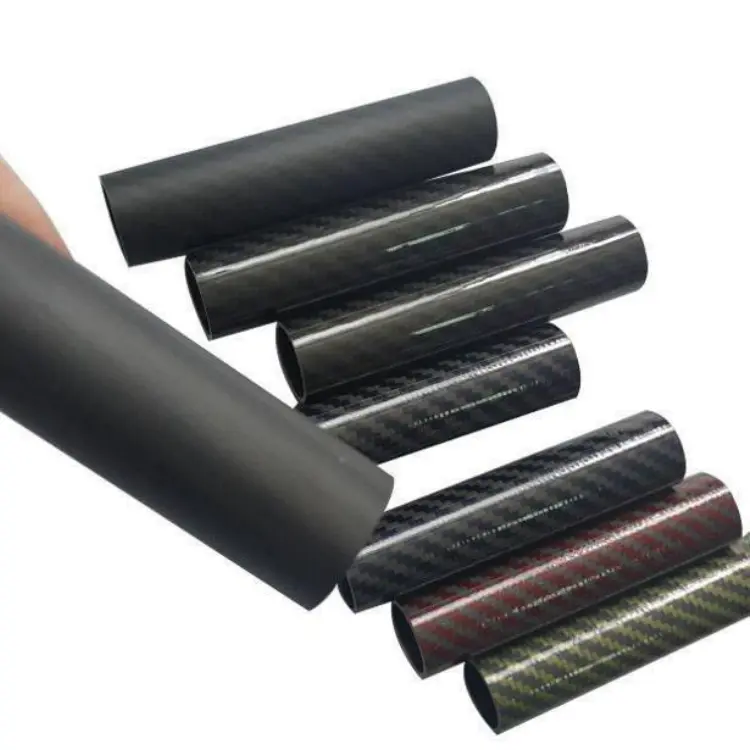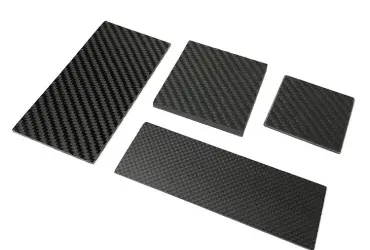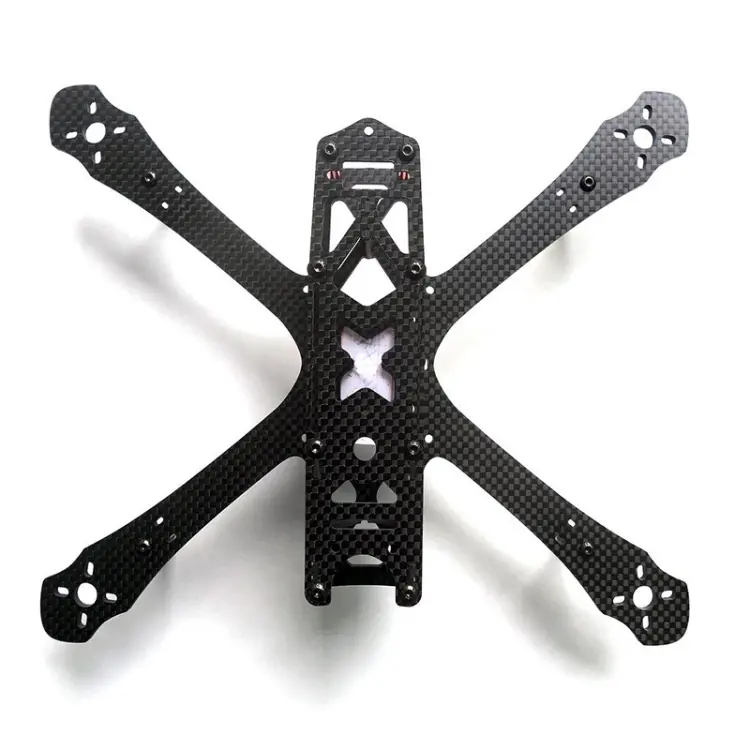2025’s Top Seven Custom Carbon Fiber Parts Innovations
— From Lab to Production Line, A Showcase of This “Black Gold”’s Latest Possibilities
Author: Aohong Carbon Fiber Website Editorial Team
In 2025, the carbon fiber industry officially entered the “made‑to‑measure” era. The following seven Custom Carbon Fiber Parts not only push the limits of lightness, strength, and intelligence but also close the loop from raw material through process to recycling—becoming this year’s most influential benchmark cases.
1. World’s Largest Single “Super Carbon Cabin”
- Dimensions: 8 m long × 4 m wide, one‑piece autoclave molding
- Technology: T800‑grade prepreg + rapid‑cure resin—30 % weight reduction, weight‑savings factor 0.95
- Significance: First domestic use of carbon fiber as the primary load‑bearing structure in a mass‑production vehicle, laying the foundation for MPV/SUV platform replication.
2. 54‑in‑1 Automotive Tailgate Inner Panel
- Process: Thermoplastic compression molding + laser‑assisted roll forming, 80 s cycle
- Highlight: Integrates 54 metal and plastic parts into a single carbon fiber composite panel—vehicle weight ↓ 33 %.
3. Rapid‑Thermal Thermoplastic Bumper
- Innovation: Quick‑cool/quick‑heat mold technology reduces cycle time from 6 min to 80 s
- Applications: Lower front bumper, side skirts, and diffusers—already adopted by multiple OEMs.
 4. 0.3 mm Flexible Sensing Carbon Sheet
4. 0.3 mm Flexible Sensing Carbon Sheet
- Use Cases: Gesture recognition in smart cabins, seat vital‑sign monitoring
- Performance: > 10⁵ bending cycles, signal drift < 1 %, can conform directly to interior curves.
5. 25×4 mm Carbon Flat Strips for Offshore PV Floats
- Function: U‑edge reinforcement on GFRP panels—wave fatigue life × 4
- Durability: 1 000 h salt‑spray grade 0 corrosion; maintenance‑free for 25 years.
6. All‑Carbon Fiber Metro Carbody
- Data: T700 large‑tow prepreg + RTM one‑piece molding—30 % weight reduction, module count ↓ 60 %
- Operation: In passenger service on CRRC’s demonstration line in China; fatigue life × 5 vs. aluminum.
 7. Recyclable Thermoplastic Center Tunnel
7. Recyclable Thermoplastic Center Tunnel
- Closed‑Loop: Uses rapid‑cure thermoplastic resin—end of life, remelt and remold
- Goal: + 15 % end‑of‑life recovery value per vehicle, supporting OEMs’ 2027 carbon‑neutral targets.
Conclusion
From an 8 m‑long “super carbon cabin” to a 0.3 mm flexible sensor, the carbon fiber industry in 2025 is no longer merely “replacing metal” but “redefining structures.”

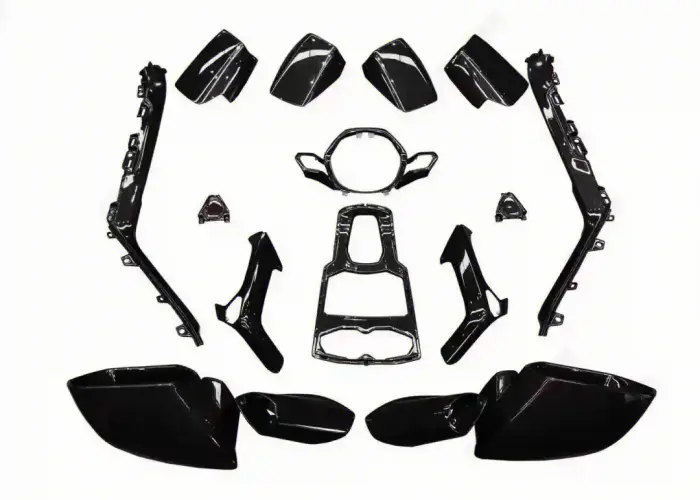 4. 0.3 mm Flexible Sensing Carbon Sheet
4. 0.3 mm Flexible Sensing Carbon Sheet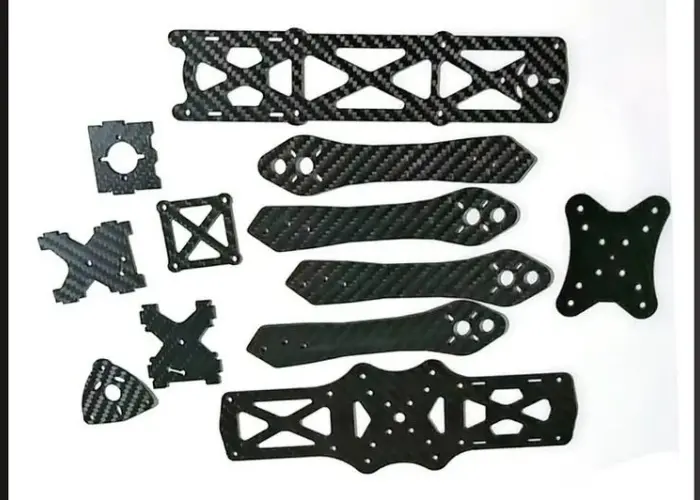 7. Recyclable Thermoplastic Center Tunnel
7. Recyclable Thermoplastic Center Tunnel